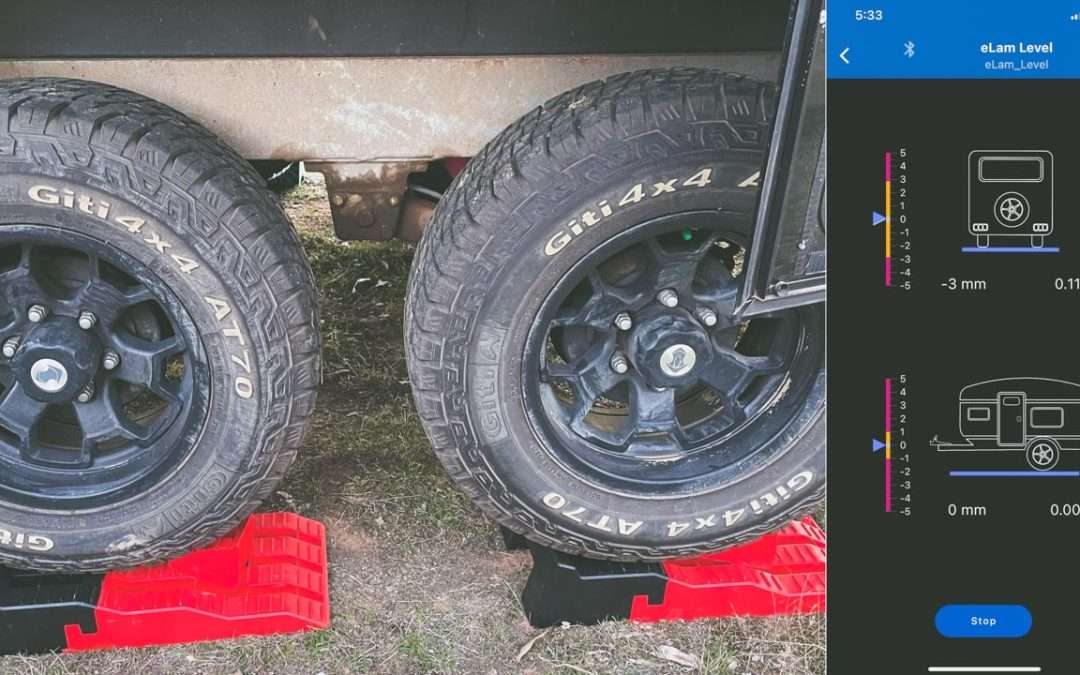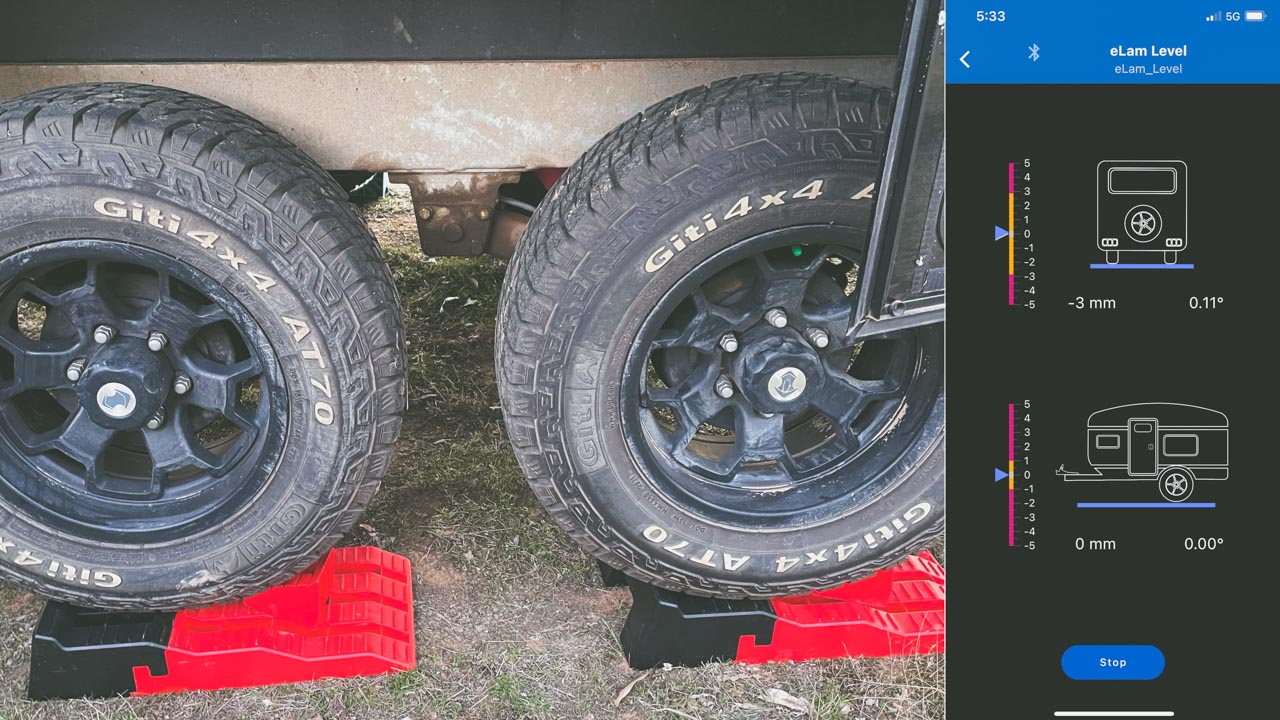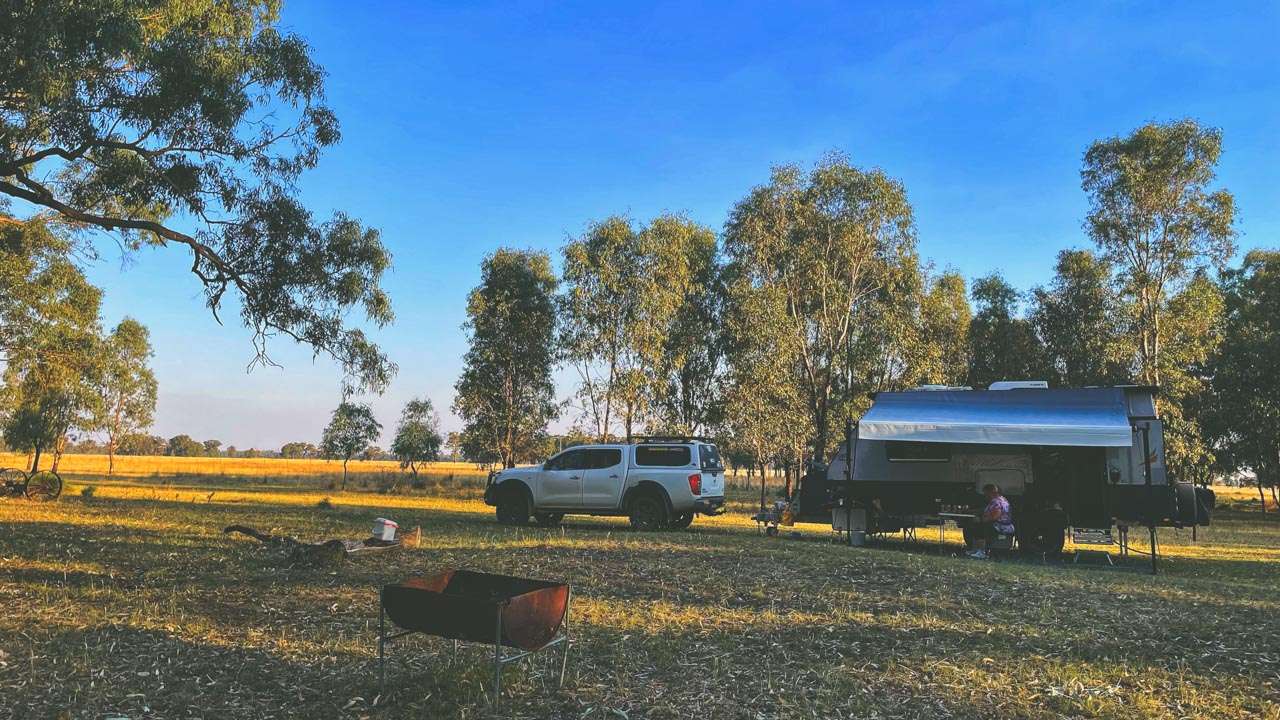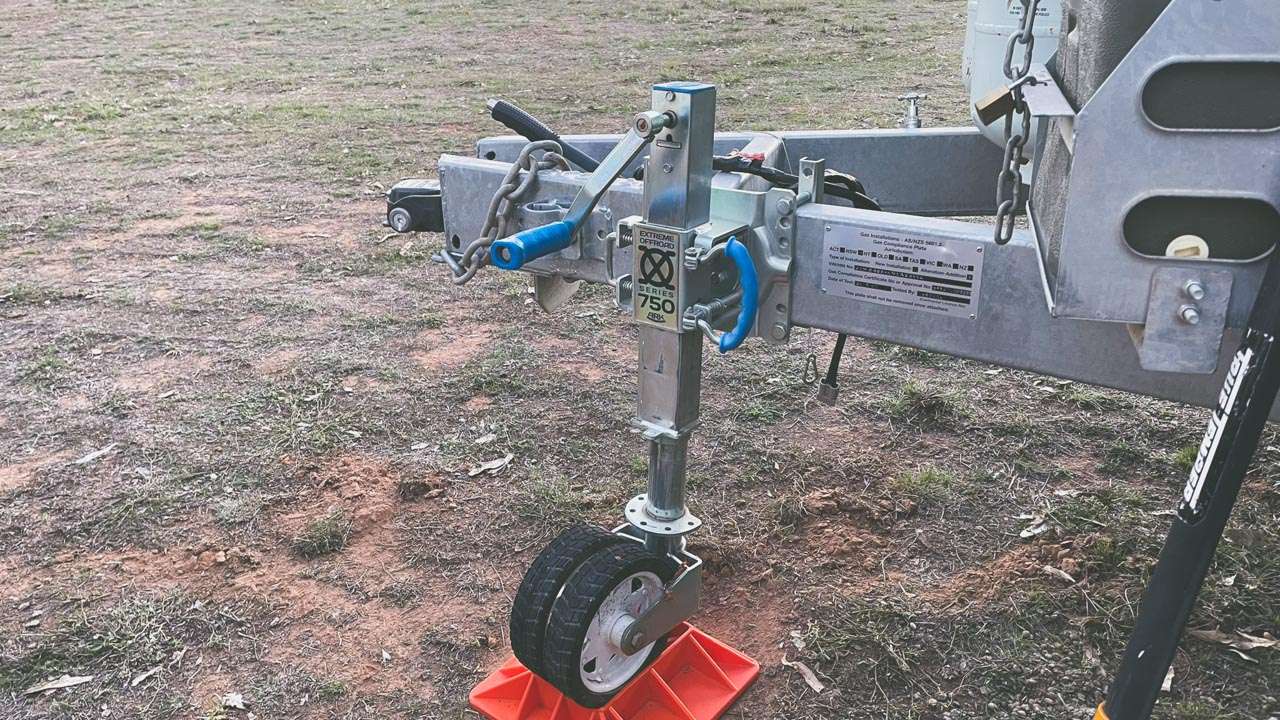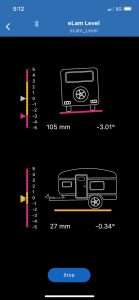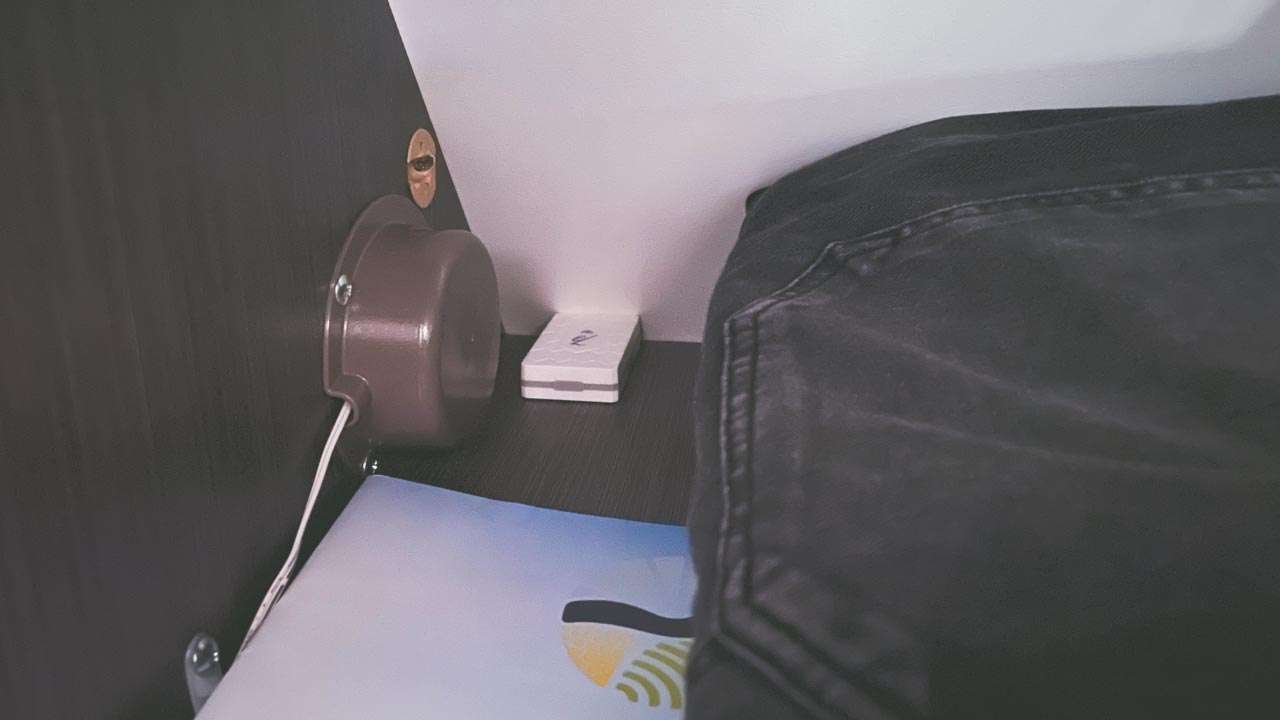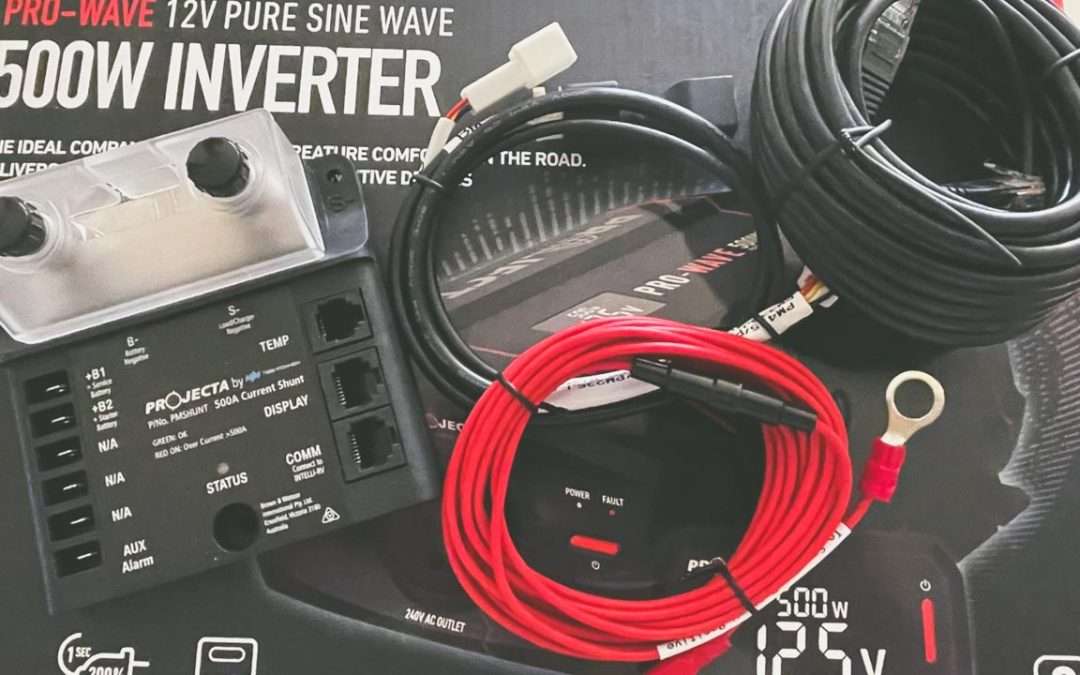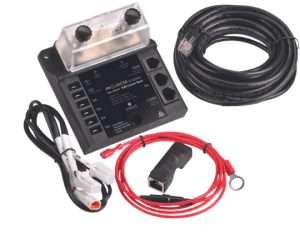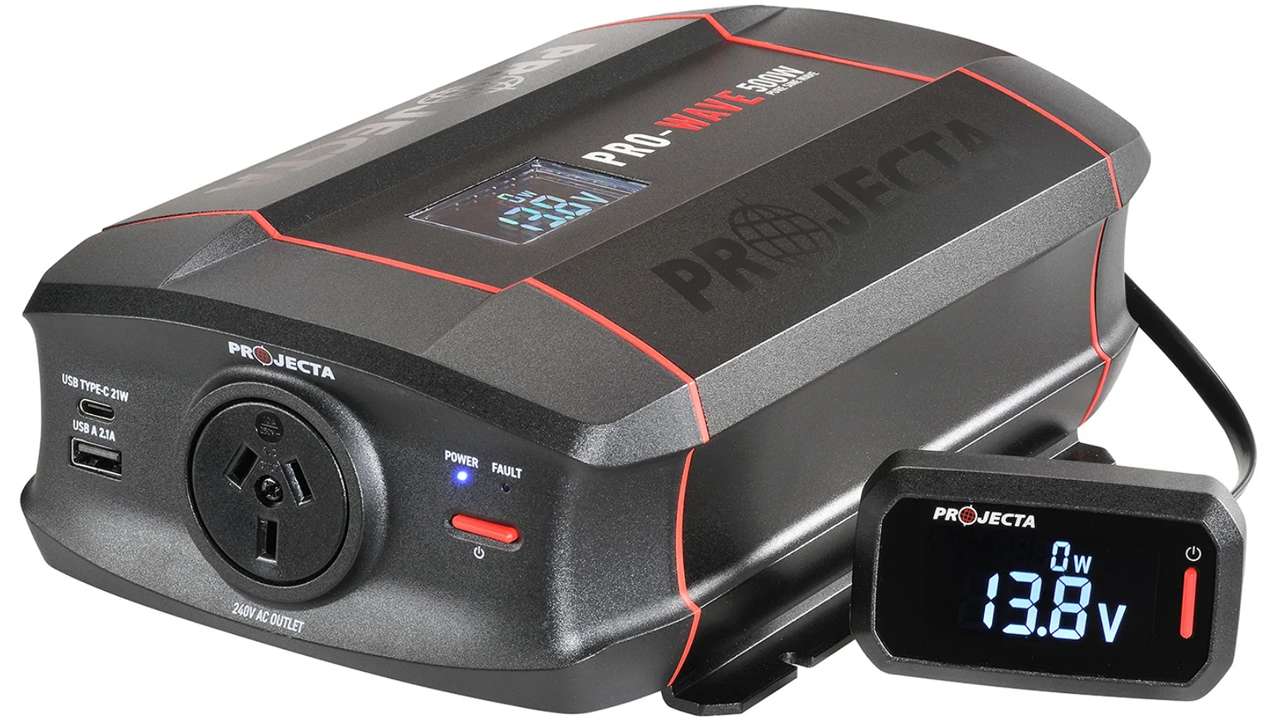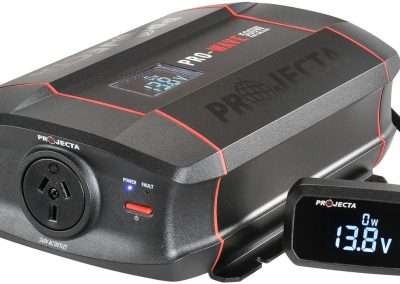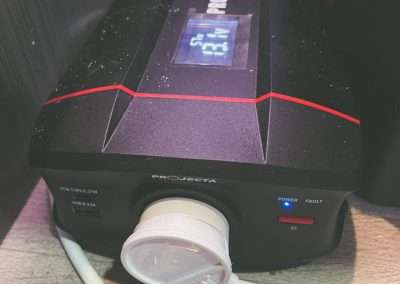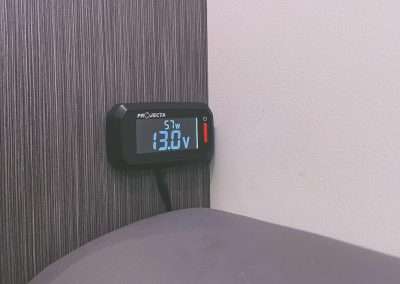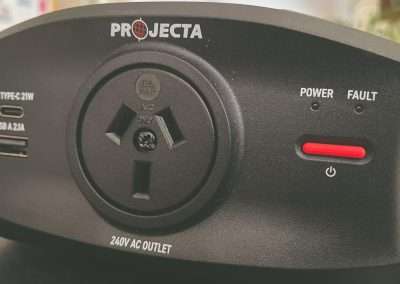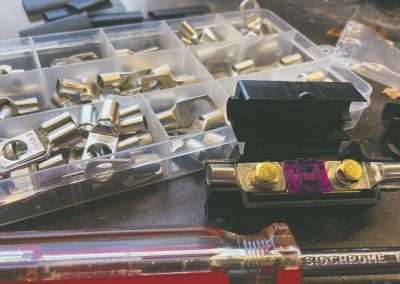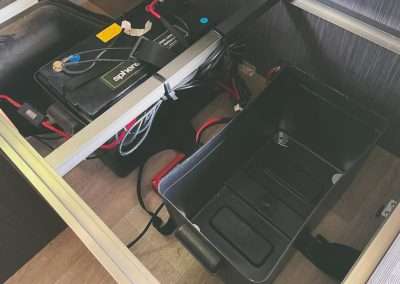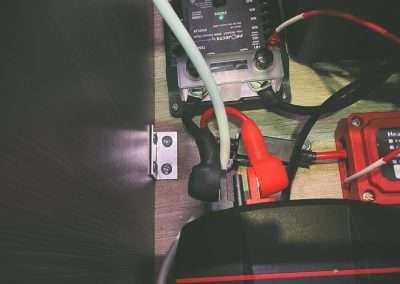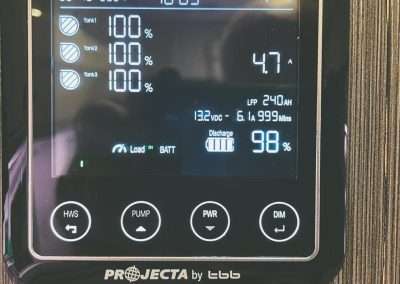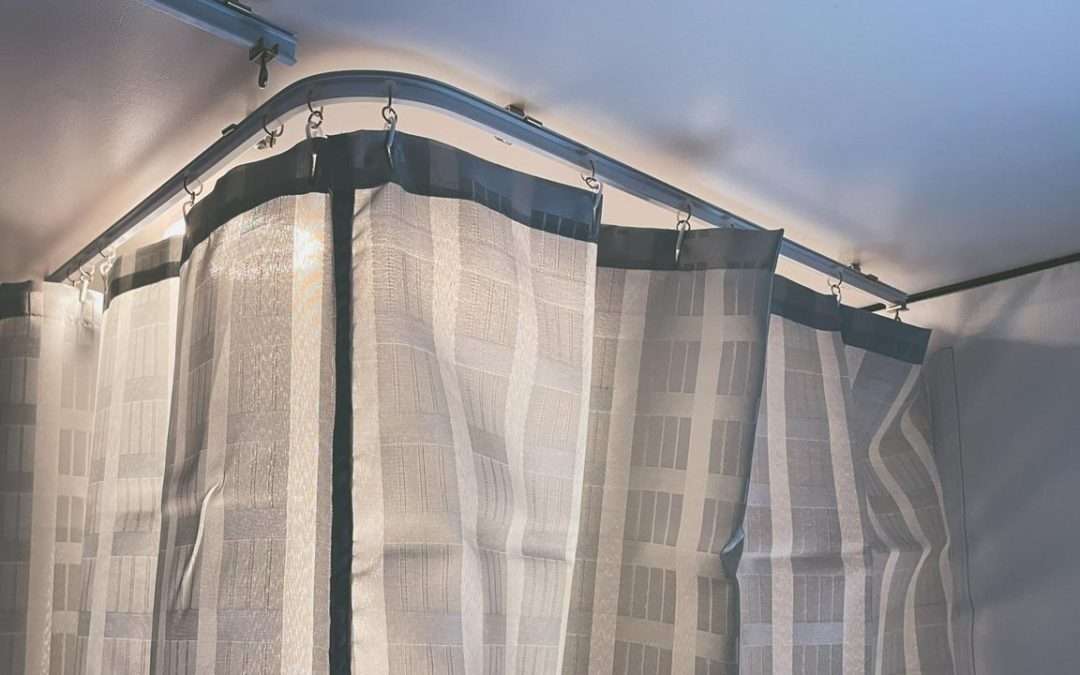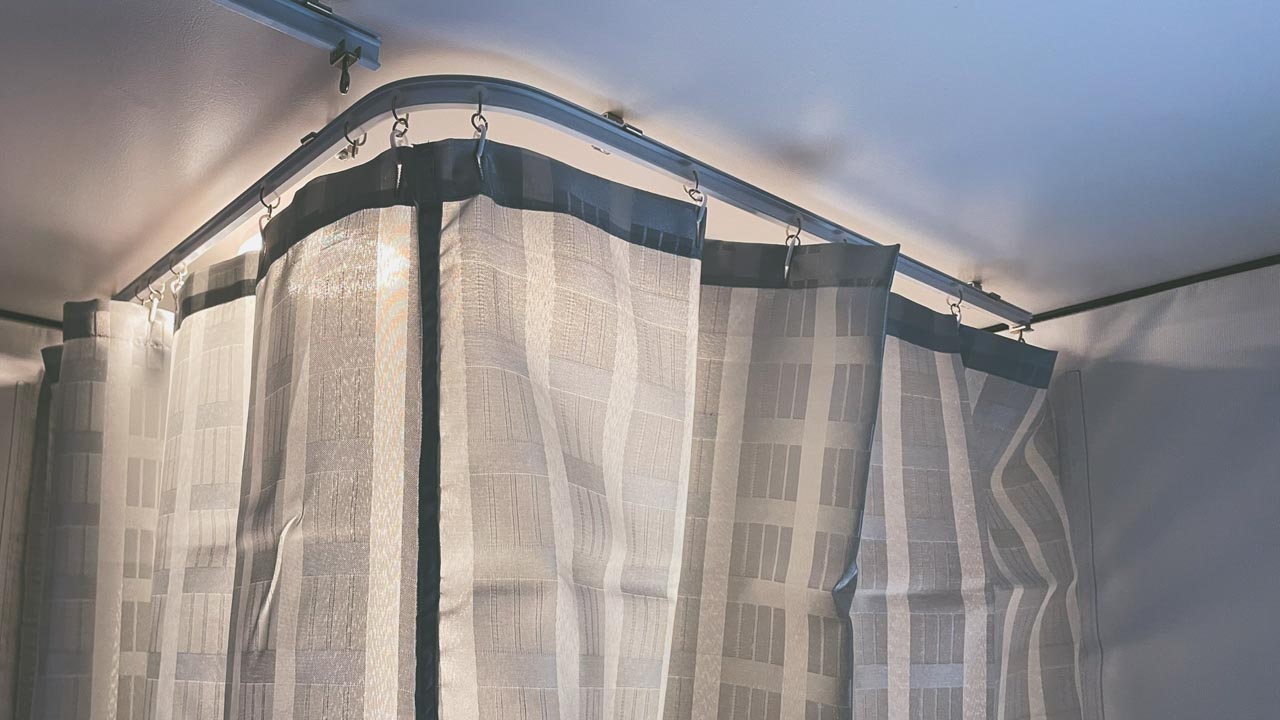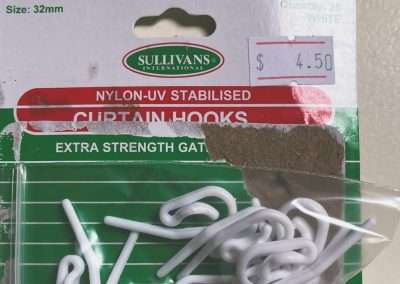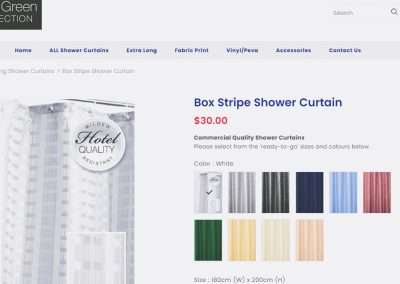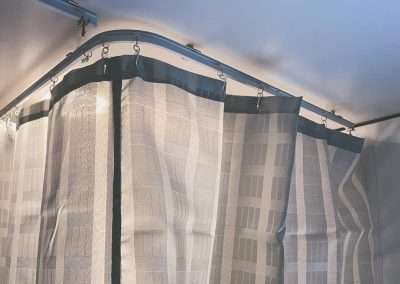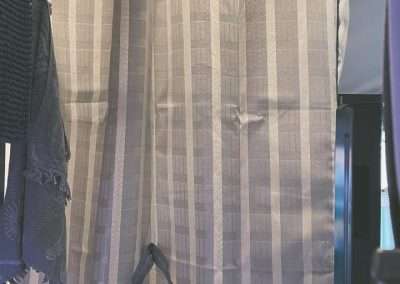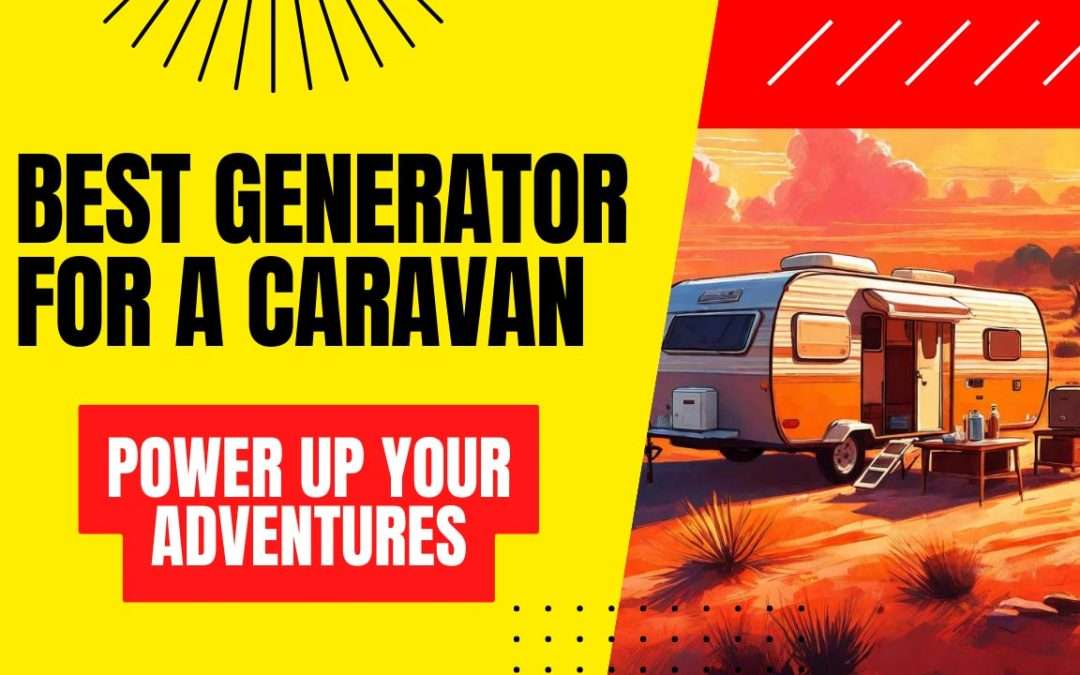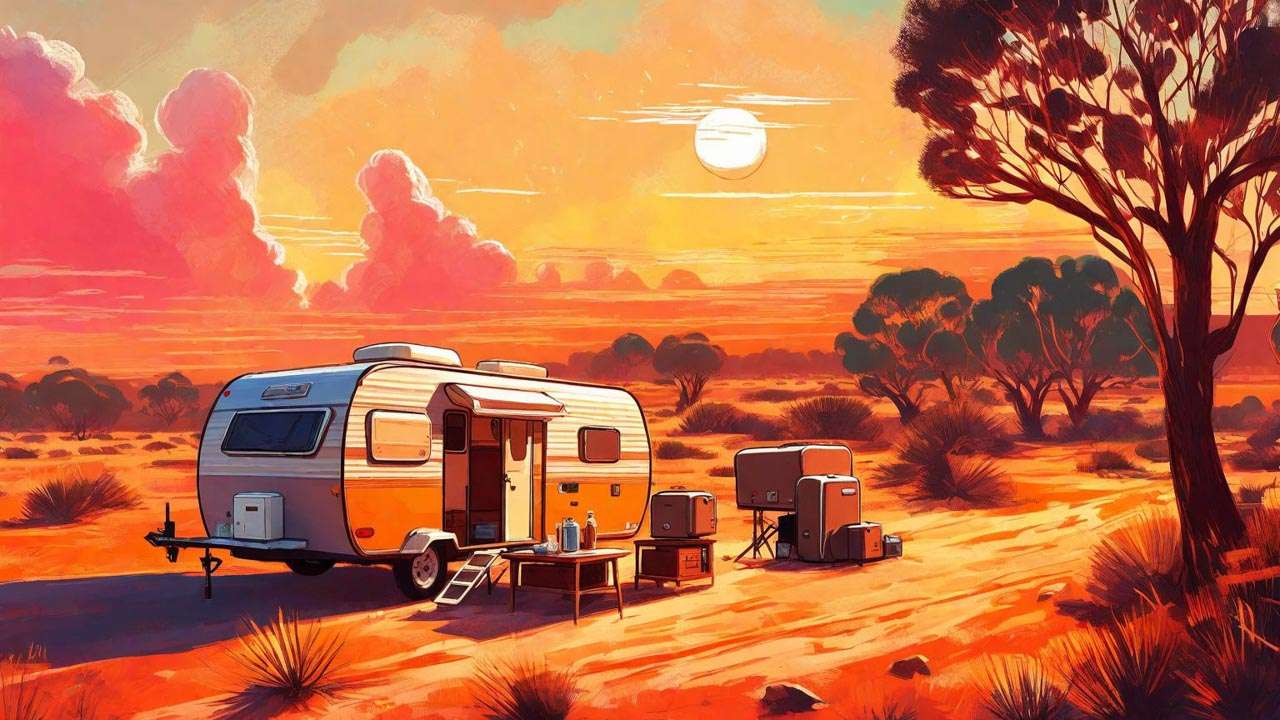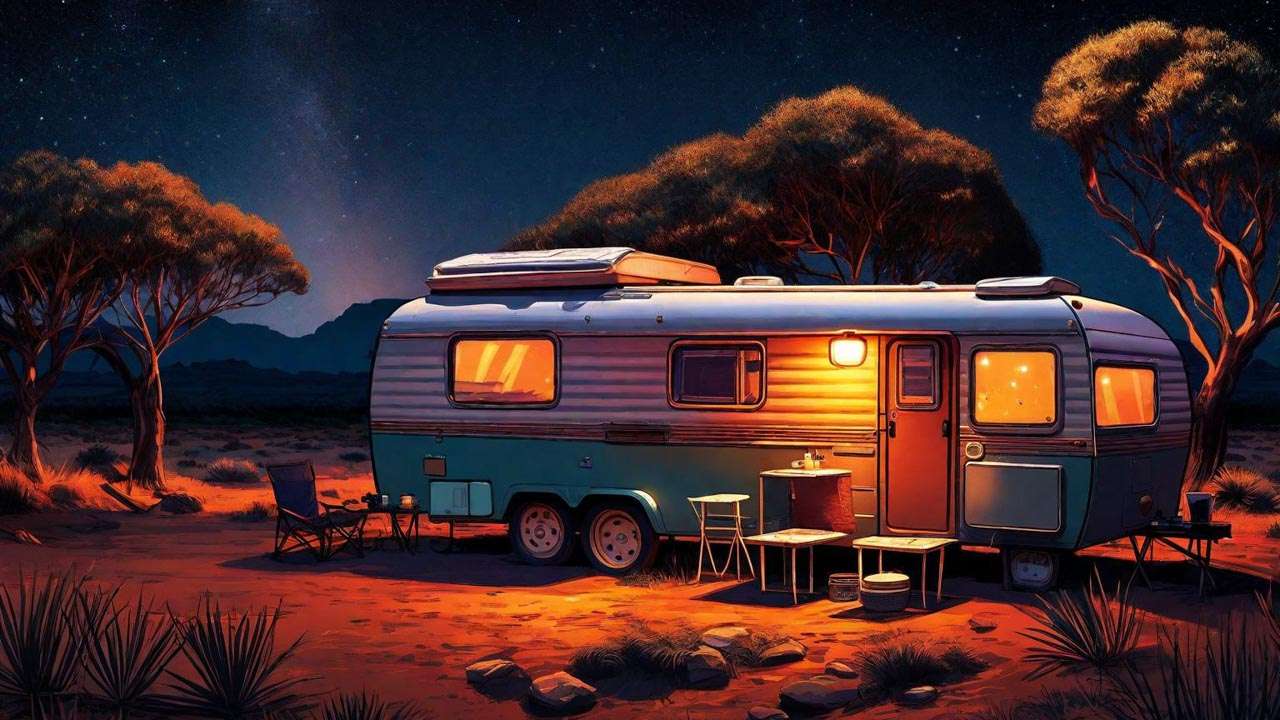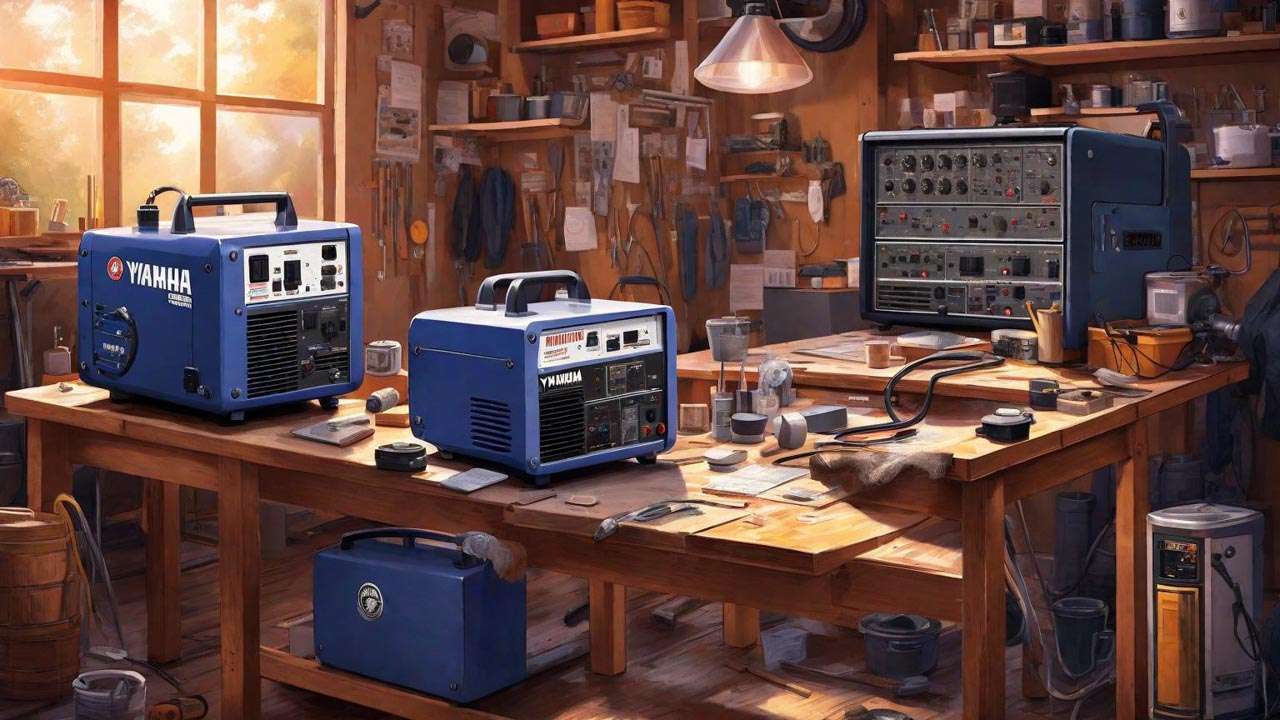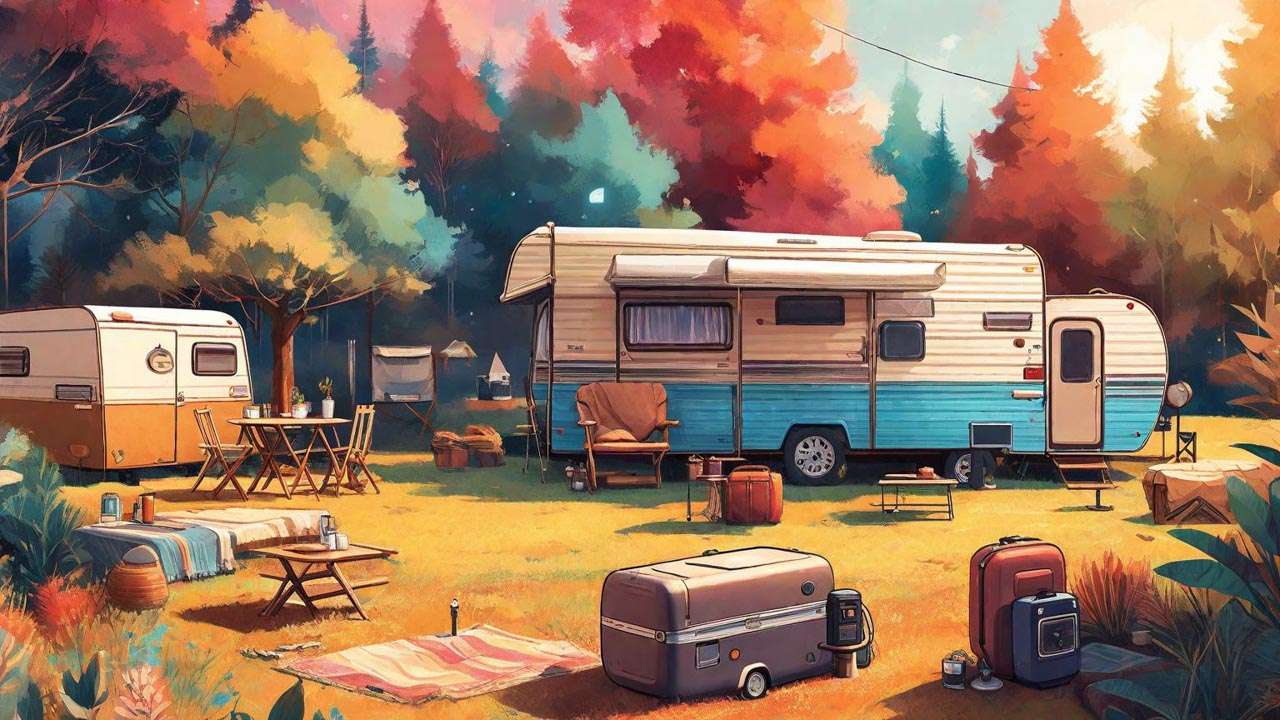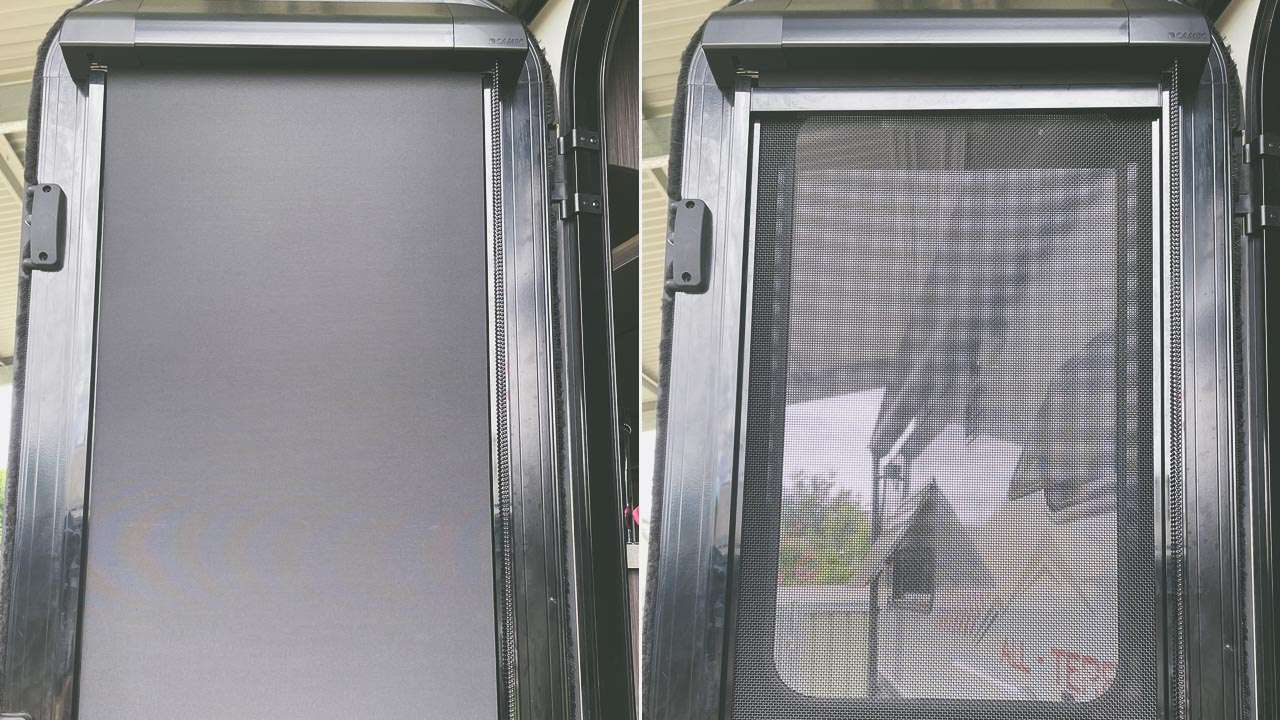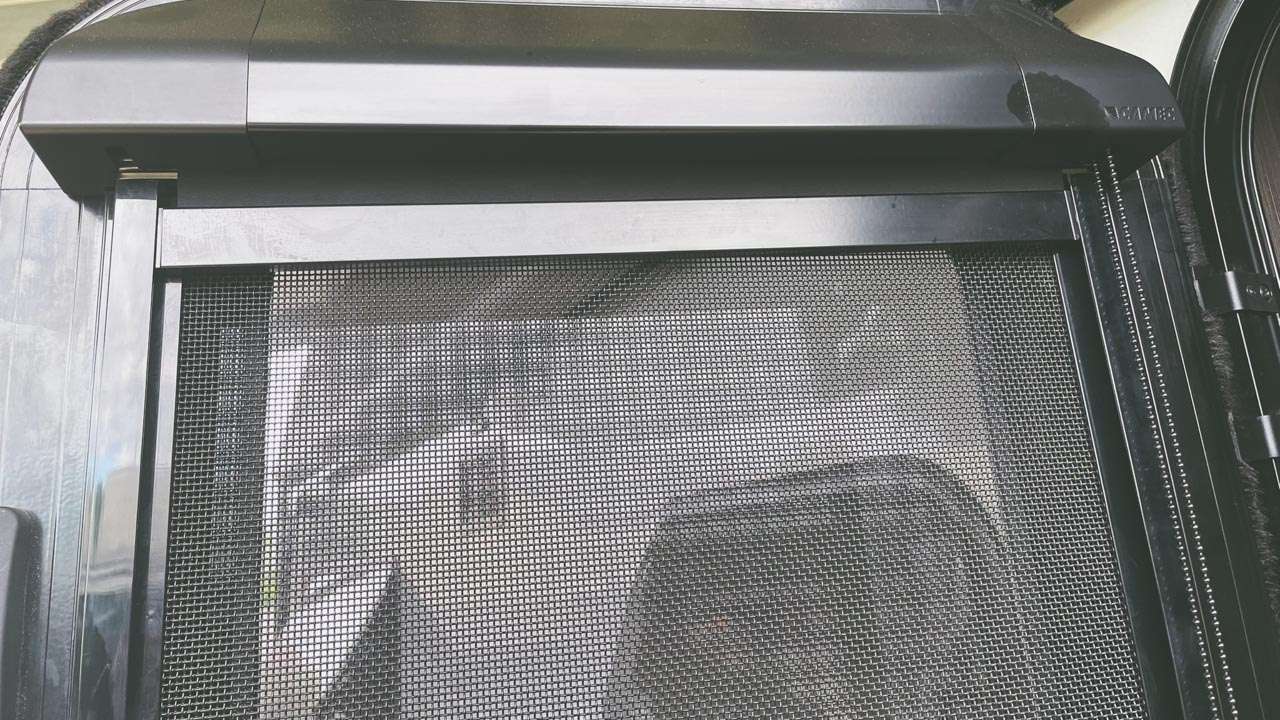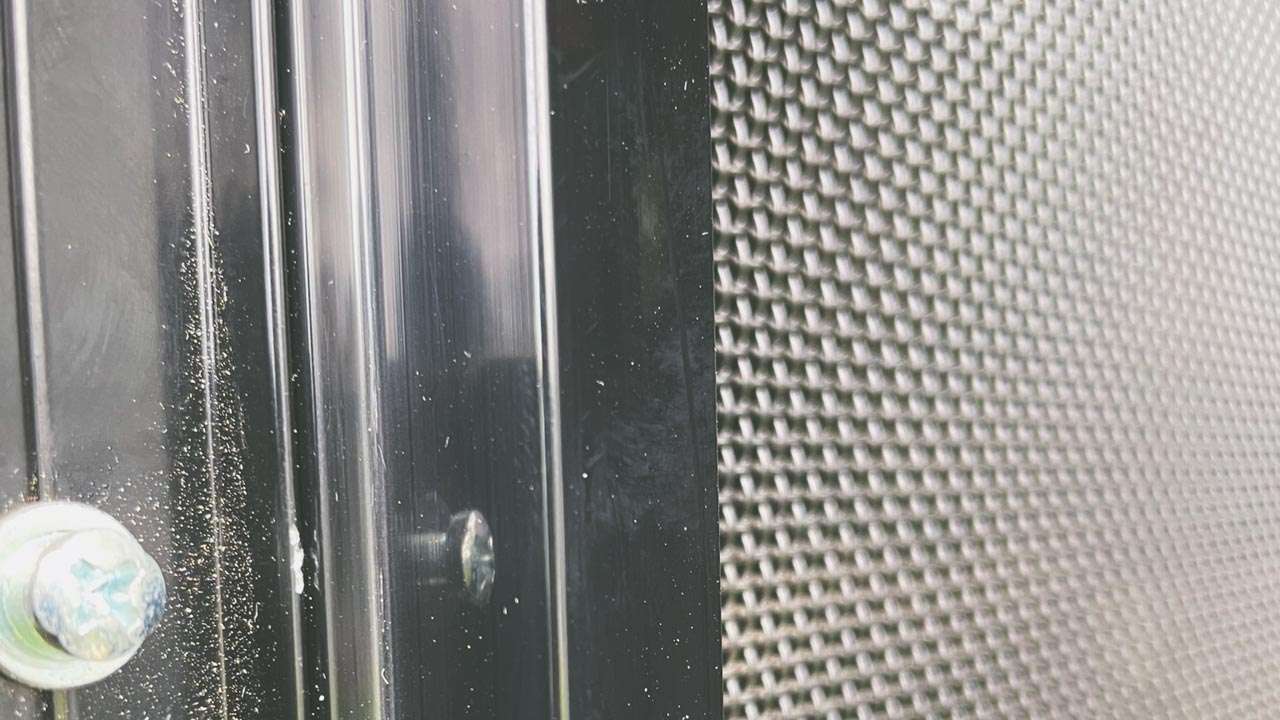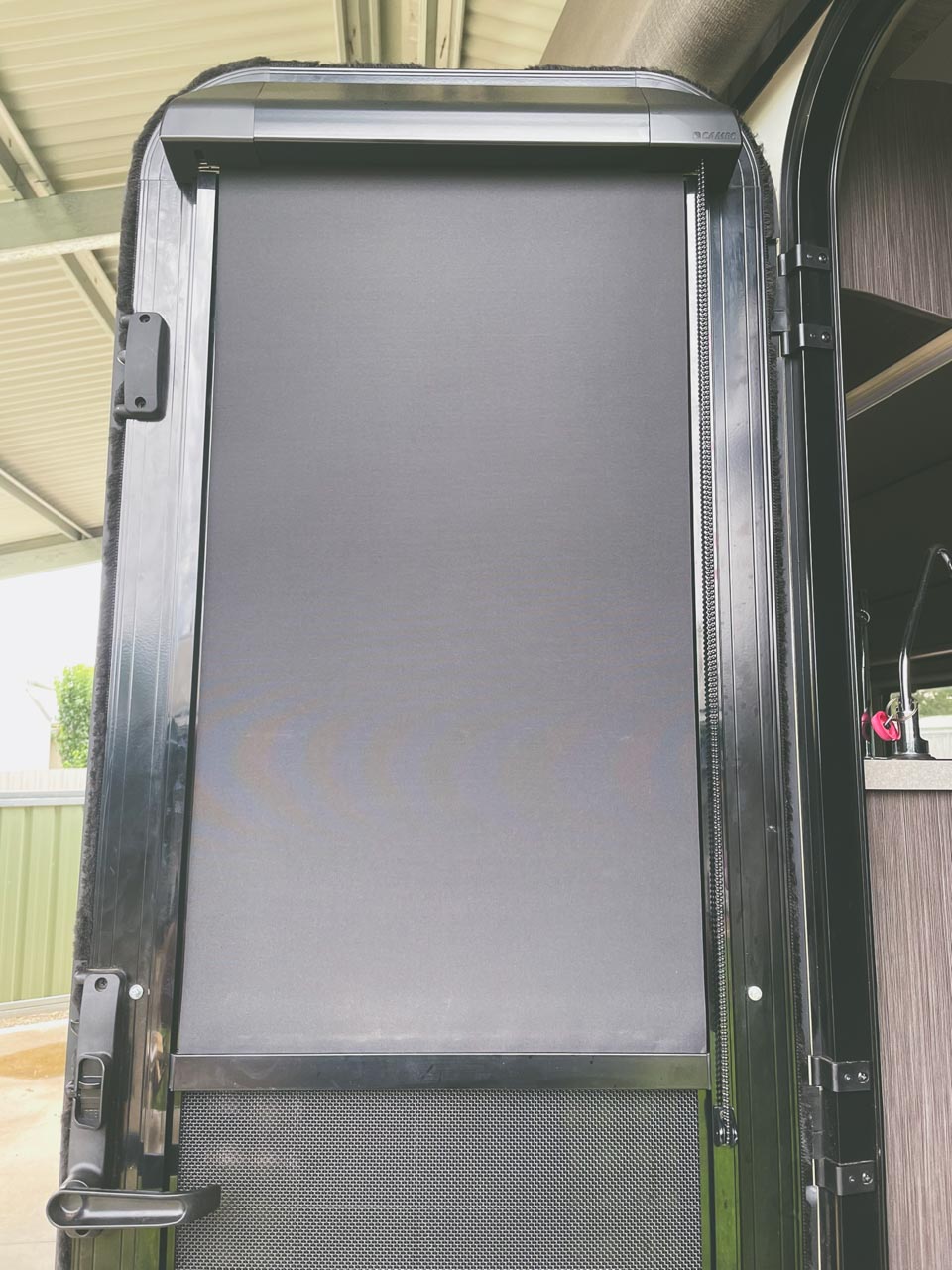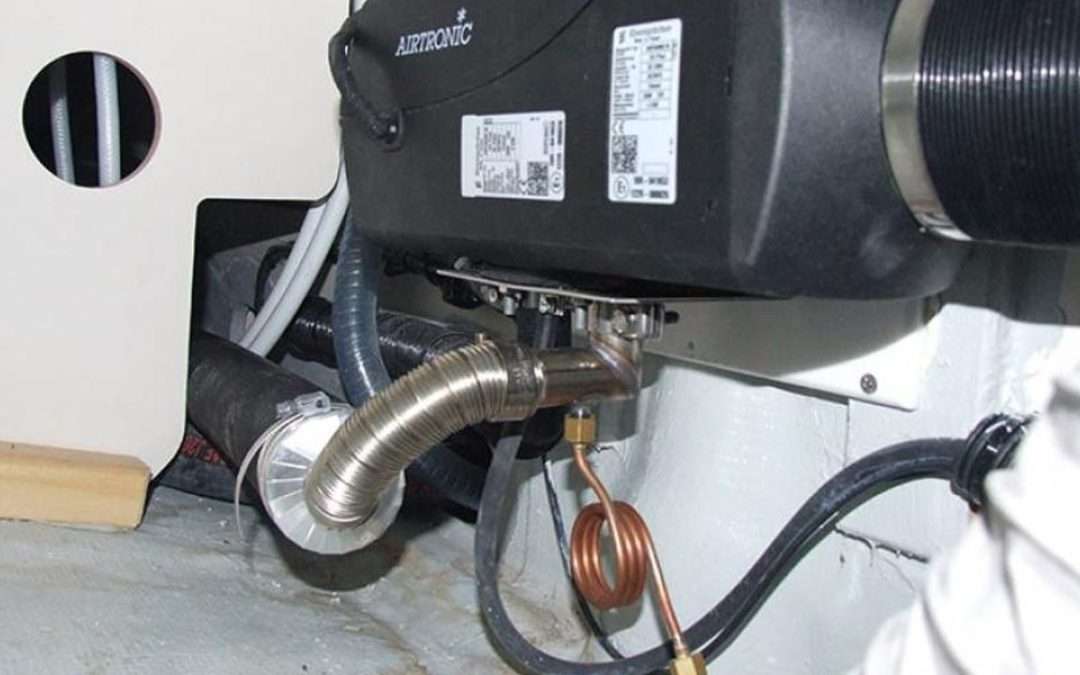
Comprehensive Caravan Diesel Heater Troubleshooting Guide
Comprehensive Caravan Diesel Heater Troubleshooting Guide
Resolve caravan diesel heater issues fast with our troubleshooting guide. Don’t let malfunctions disrupt your travel plans. Experiencing problems with your caravan diesel heater can be bloody frustrating – after all you just want to keep warm! Whether you’re gearing up for a cross-country adventure or simply looking to stay warm on a weekend getaway, a malfunctioning caravan diesel heater can put a damper on your plans. That’s why we’ve created this comprehensive troubleshooting guide to help you identify and resolve common problems with your caravan diesel heater quickly and efficiently.
Table Of Contents
- Understanding Your Caravan Diesel Heater
- Troubleshooting Chinese Diesel Heater Problems
- Fuel Troubleshooting
- Power Troubleshooting
- Air & Exhaust Troubleshooting
- Blown Fuses
- Chinese Diesel Heater Blowing Smoke
- Diesel Heater Error Code Table
- Common Error Codes
- Error Code E-01: Ignition Failure
- Error Code E-02: Overheating
- Error Code E-03: Fuel Pump Failure
- Additional Troubleshooting Tips
- Conclusion
- List Of Australian Caravan Brands
Understanding Your Caravan Diesel Heater
Before diving into troubleshooting it’s essential to have a basic understanding of how your caravan diesel heater works. These heaters operate by burning diesel fuel to generate heat which is then circulated throughout your caravan via a series of ducts and vents. While they are generally reliable and efficient, like any mechanical system they can experience issues from time to time.
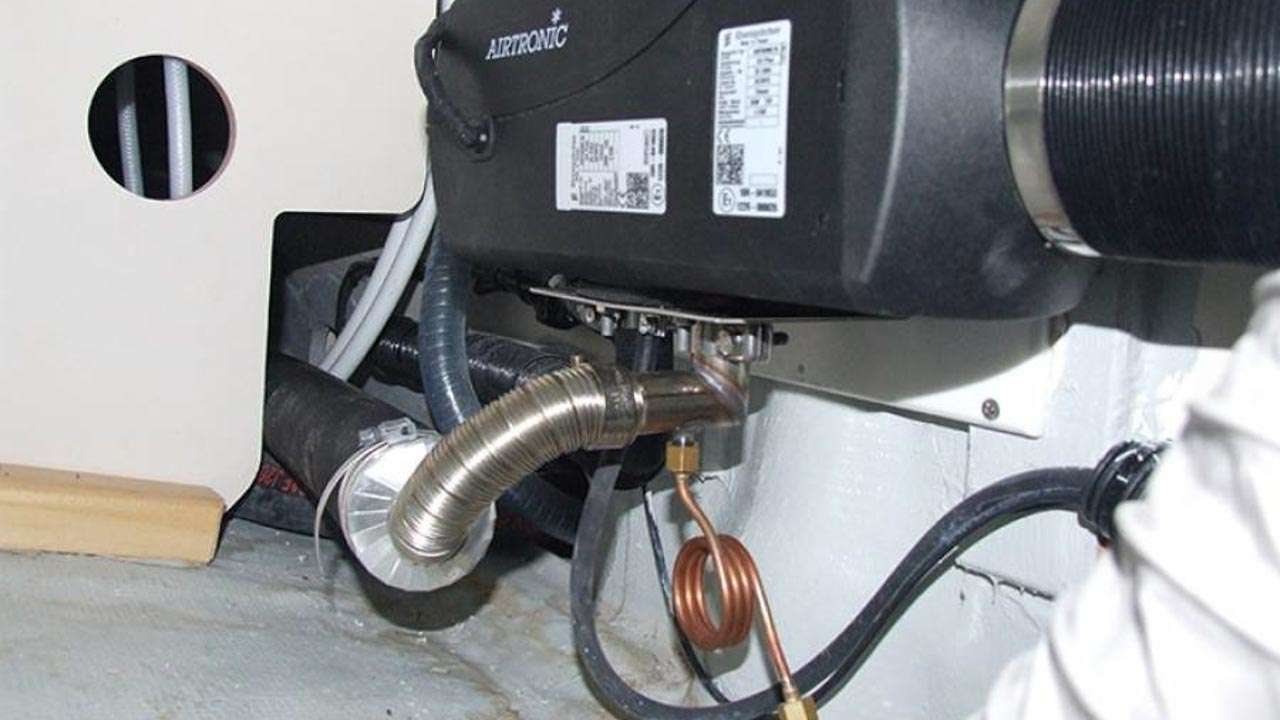
Installed Heater
Troubleshooting Chinese Diesel Heater Problems
Fuel Troubleshooting
- Clear Fuel Line: Ensure the fuel line is free from obstructions like air bubbles or cracks.
- Air Purge: It may take several start-ups to purge air from the line completely.
- Fuel Flow: Confirm fuel delivery to the heater unit.
- Diesel Gel Prevention: Prevent diesel gelling in low temperatures by using quality fuel filters.
- Resetting: For E-10 errors, reset the heater by removing and reinserting the fuse.
Power Troubleshooting
- Inverter and Voltage: Utilize a minimum 150-watt inverter and ensure at least 12.5 volts of power.
- Battery Check: Verify battery charge levels.
- Wiring Inspection: Ensure proper wiring connections, especially if extended wiring is involved.
- Glow Plug and Sensor: Check the glow plug and consider sensor replacement if necessary.
Air & Exhaust Troubleshooting
- Blockage Detection: Remove exhaust and air inlet pipes to detect blockages.
- Pipe Cleaning: Clean or replace obstructed pipes and mufflers.
Blown Fuses
- Fuse Replacement: Replace blown fuses promptly.
- Glow Plug Inspection: Replace the glow plug if causing short circuits.
- Fan Check: Ensure the fan is functioning properly to prevent overloading.
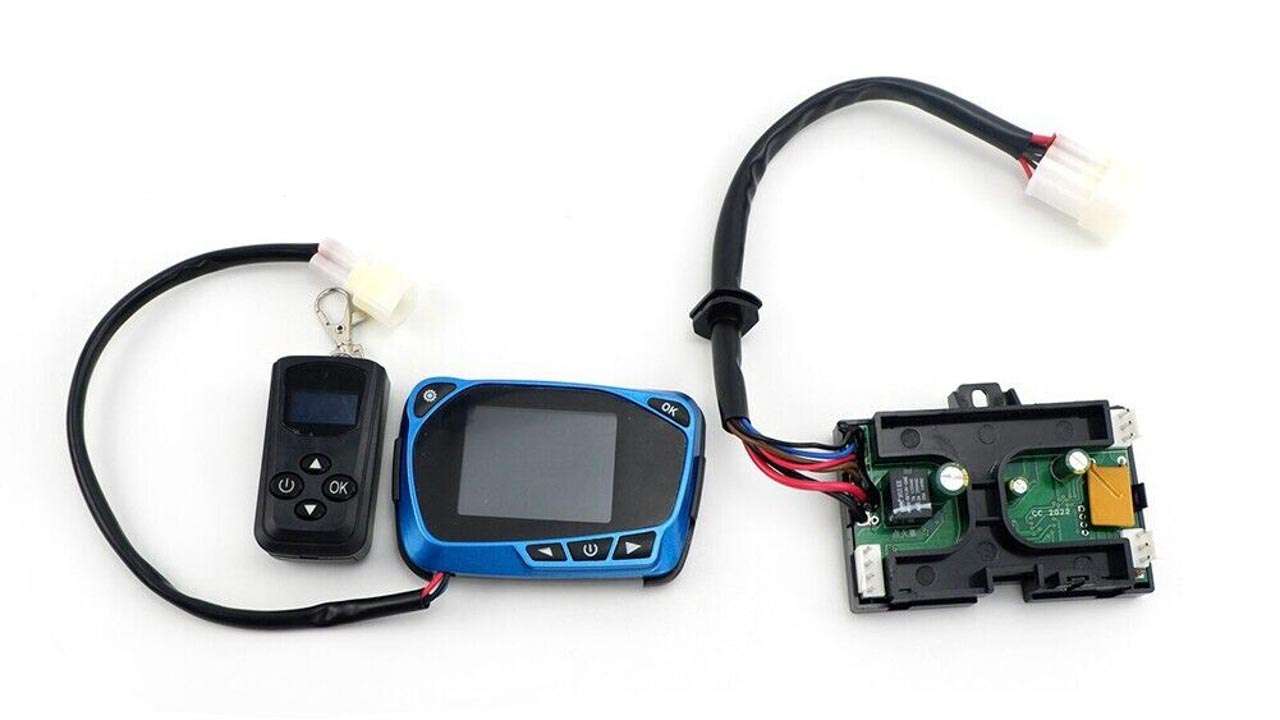
Diesel Heater Control Screen And Module
Chinese Diesel Heater Blowing Smoke
Is your heater emitting smoke? Follow these steps for troubleshooting:
- Blockage Check: Inspect air inlet, exhaust pipe, and muffler for blockages.
- Fuel Level: Top up fuel if white smoke indicates insufficient ignition fuel.
- Exhaust Pipe Length: Restore original exhaust pipe length to optimize performance.
Diesel Heater Error Code Table
| ERROR CODE | ISSUE | SOLUTION |
|---|---|---|
| E-01 | Undervoltage of power supply – battery doesn’t have enough power | • Recharge your battery before turning the diesel heater back on • Check heater is set to correct voltage (12 or 24) in advanced settings |
| E-02 | Overvoltage of power supply – voltage is over the permitted level | • Reduce the voltage to 12 volts • Check heater is set to correct voltage (12 or 24) in advanced settings |
| E-03 | Glow plug fault – ignition plug failure | • Check glow plug and leads (replace if necessary) • Possibly low voltage |
| E-04 | Fuel pump fault – fuel pump broken/ not working | • Check the fuel pump’s getting power • Check all fuel lines are intact • Check there’s enough fuel in the tank • Possibly low voltage |
| E-05 | Overheating of the machine | • Check air intake isn’t blocked • Check all vents are unblocked • Check fan is working correctly • Check that ducting hasn’t been crushed • Check the temperature sensor on the housing |
| E-06 | Motor fault – fan motor issue | • Check that the fan is turning freely • Possibly low voltage • Check the magnet polarity and Holzer sensor position (see video below) |
| E-07 | Broken circuit fault – communication broken between the heater and controller | • Check all plugs and connections • Possibly low voltage |
| E-08 | Flame out – low fuel or air in fuel lines | • Check fuel levels in fuel tank • Check fuel filter is full • Check for blockages in fuel supply • Check all fuel connections are good • Possibly low voltage • May need to restart multiple times to refill fuel |
| E-09 | Sensor fault | • Check sensor plug isn’t loose/ broken • Check the circuit |
| E-10 | Ignition failure | • Check lines & pump for blockages • Check fuel supply • Indicates multiple restarts without success (due to other errors) |
Common Error Codes
Error Code E-01: Ignition Failure
If you’re seeing error code E-01 on your caravan diesel heater it indicates an ignition failure. This could be caused by a variety of factors, including a dirty or faulty ignition electrode, a clogged fuel line, or insufficient fuel supply. To troubleshoot this issue, start by checking the ignition electrode for any signs of dirt or corrosion. If necessary clean the electrode with a soft brush or replace it altogether. Next, inspect the fuel line for any obstructions and ensure that an adequate supply of diesel fuel is reaching the heater.
Error Code E-02: Overheating
Error code E-02 indicates that your caravan diesel heater is overheating. This can be a serious issue that poses a fire risk if not addressed promptly. The most common cause of overheating is a blocked air intake or exhaust vent, which restricts airflow and prevents proper heat dissipation. To remedy this problem, carefully inspect both the air intake and exhaust vents for any obstructions, such as debris or insect nests. Clear away any blockages and ensure that the vents are free to allow airflow.
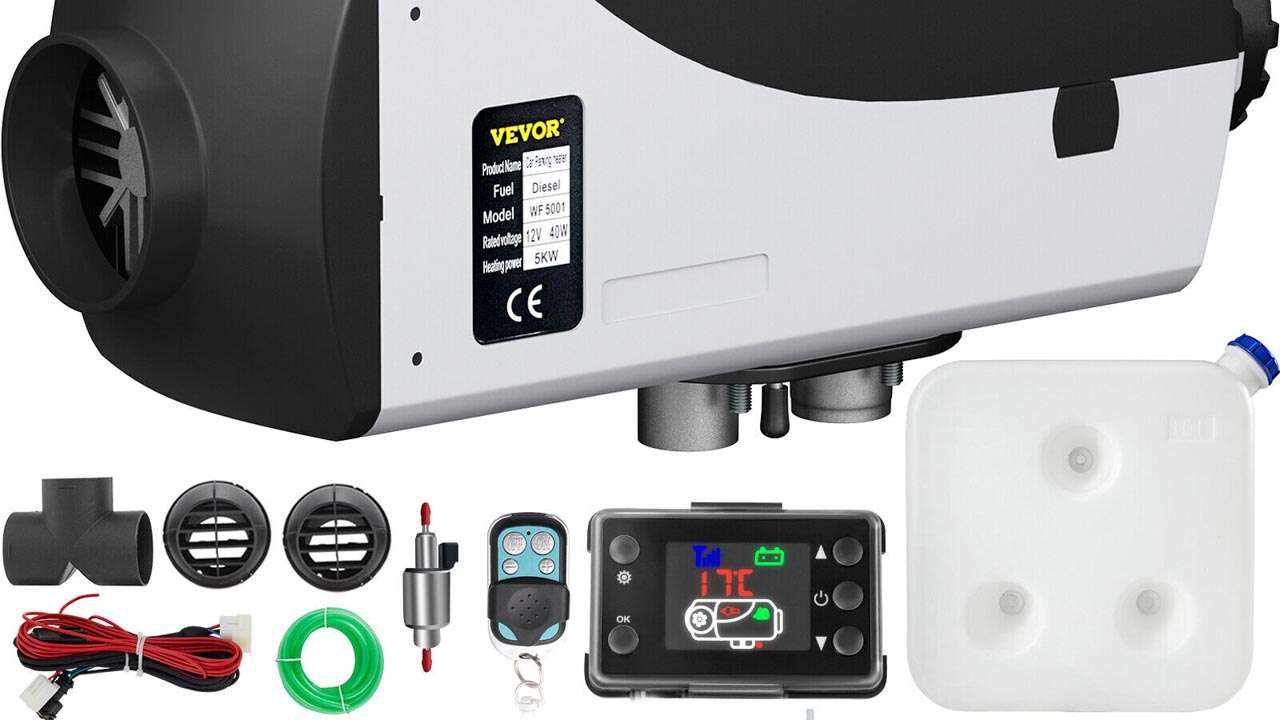
Typical Chinese Diesel Heater
Error Code E-03: Fuel Pump Failure
If your caravan diesel heater is displaying error code E-03, it points to a failure of the fuel pump. This can occur due to a variety of reasons, including a clogged fuel filter, a malfunctioning fuel pump motor, or an electrical issue. Start by checking the fuel filter for any signs of contamination or blockage. If the filter appears dirty or clogged, replace it with a new one. Next, test the fuel pump motor to ensure that it is receiving power and functioning correctly. If necessary, consult the manufacturer’s manual for troubleshooting steps specific to your model of heater.
Additional Troubleshooting Tips
In addition to the common error codes mentioned above, there are several other troubleshooting steps you can take to address issues with your caravan diesel heater:
- Check the Thermostat: Ensure that the thermostat is set to the desired temperature and functioning properly. If the thermostat is faulty, it may not accurately control the heater’s operation.
- Inspect the Wiring: Examine the wiring connections for any signs of damage or corrosion. Loose or damaged wires can prevent the heater from receiving power or communicating with the control panel.
- Verify Fuel Quality: Use high-quality diesel fuel to prevent issues such as clogs or contamination in the fuel system. Avoid using old or contaminated fuel, as this can lead to performance problems.
- Clean the Exhaust Pipe: Periodically inspect and clean the exhaust pipe to remove any build-up of soot or debris. A clear exhaust ensures proper ventilation and helps prevents carbon monoxide build-up inside your caravan.
Conclusion
Encountering issues with your caravan diesel heater can be frustrating. However with the right troubleshooting steps, you can quickly diagnose and resolve common problems. By familiarising yourself with error codes, inspecting key components, and performing routine maintenance you can keep your heater running smoothly and enjoy a comfortable travel experience. If you have problems that can’t be resolved through troubleshooting contact a qualified technician for help. By following these guidelines, you can efficiently diagnose and resolve common issues, ensuring optimal performance and longevity for your diesel heater.
List Of Australian Caravan Brands
Adventura Caravans, Alpha Fibreglass, Aussie Wide Caravans, Avan Campers, Ballina Campervans, Billabong Custom Caravans, Caravan Manufacturer, Caria Caravan Trailer, Challenge Camper Trailers Caravans, Classic RTM Caravans, Concept Caravans, Coromal Caravans, Creative Caravans, Davsher Caravans, Desert Edge Trailers, Designer Vans Caravans, Discoverer Campers, Dreamhaven Caravans, Dreamland Trailers, Driftaway Caravans, Dryden Trailers Caravans, Eagle Caravans, Elross Caravans, Evernew Caravans, Exodus Campers, Ezytrail Campers, Galaxy Caravans, Goldstream Recreational Vehicles, Golf Caravans, Heaslip Campers, Horizon Motorhomes, I & D Industries, Imperial Caravans, Jayco Caravans, Jurgens Caravans, Kea Campers Australia Caravans, Kingdom Caravans, La Vista Caravans, Lifestyle Leisure RV, Limit Seeker Camper Trailers Caravans, Lotus Caravans, Majestic Caravans, MARS Campers, May West Caravans, Millard RV Caravans, Montana Caravans, Nova Caravans, Olympic Caravans, Opalite Caravans, Paradise Caravans, Paradise Motor Homes, Paramount Caravans, Regal Caravans, Regent Caravans, Retreat Caravans, Rhinomax, Rivenlee Caravans, Roma Caravans, Royal Flair Caravans, Spaceland Industries Caravans, Spinifex Caravans, Suncamper Caravans, Sunland Caravans, Sunliner Recreational Vehicles, Supreme Caravans, Swagman Aust Caravans, Tavlor Motorhomes, Toy Haulers Manufacturer, Track Trailer, Trailblazers RV Caravans, Trailer Manufacturer, Trailstar Caravans, Trakka Caravans, Trakmaster Caravans, Travelhome, Traveller Caravans, Truelux 5th Wheel, Vanguard Caravans, Western Caravans, Windsor Caravans, Winnebago Industries, Wirraway Motorhomes, Zone RV

